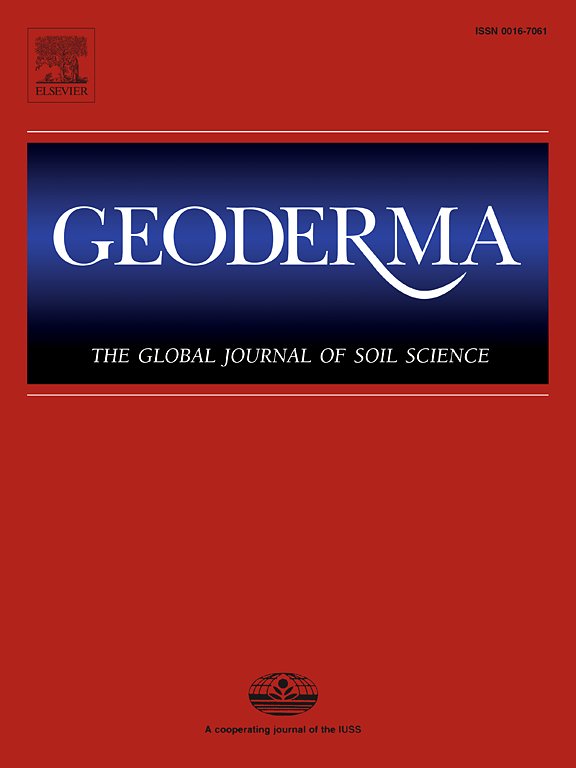Life history traits in microarthropods: Evidence for a soil animal economics spectrum
IF 5.6
1区 农林科学
Q1 SOIL SCIENCE
引用次数: 0
Abstract
Evolution optimizes the performance of living organisms through budgeting of limited resources, leading to life-history trade-offs. Many life-history traits are related to body size with larger species typically exhibiting a slower pace of life and lower fecundity. However, soil-living organisms may exhibit size-independent life-history strategies due to habitat space constraints, but this has never been tested. Here, we synthesize life-history traits in springtails (Insecta: Collembola) and mites (Acari: Oribatida, Astigmata, Mesostigmata), the most abundant microarthropods worldwide, living mainly in litter and the pore space of soil. We related life-history traits to body size and individual metabolic rate, and showed that life-history traits of soil microarthropods display a trade-off between lifespan and reproductive rate, spanning a continuum from fast to slow life-history strategies. Oribatida exhibit remarkably slow life-histories and long lifespans with lower reproductive rates than Collembola, Astigmata and Mesostigmata. Despite fresh body mass of soil microarthropods varying by three orders of magnitude, fast and slow life-history strategies occurred in all size classes suggesting largely size-independent life-history strategies. Overall, these findings indicate a soil animal economics spectrum that bears key implications for understanding local biodiversity and the coexistence of soil animal species, such as how Collembola and Oribatida coexist worldwide.
求助全文
约1分钟内获得全文
求助全文
来源期刊

Geoderma
农林科学-土壤科学
CiteScore
11.80
自引率
6.60%
发文量
597
审稿时长
58 days
期刊介绍:
Geoderma - the global journal of soil science - welcomes authors, readers and soil research from all parts of the world, encourages worldwide soil studies, and embraces all aspects of soil science and its associated pedagogy. The journal particularly welcomes interdisciplinary work focusing on dynamic soil processes and functions across space and time.
 求助内容:
求助内容: 应助结果提醒方式:
应助结果提醒方式:


